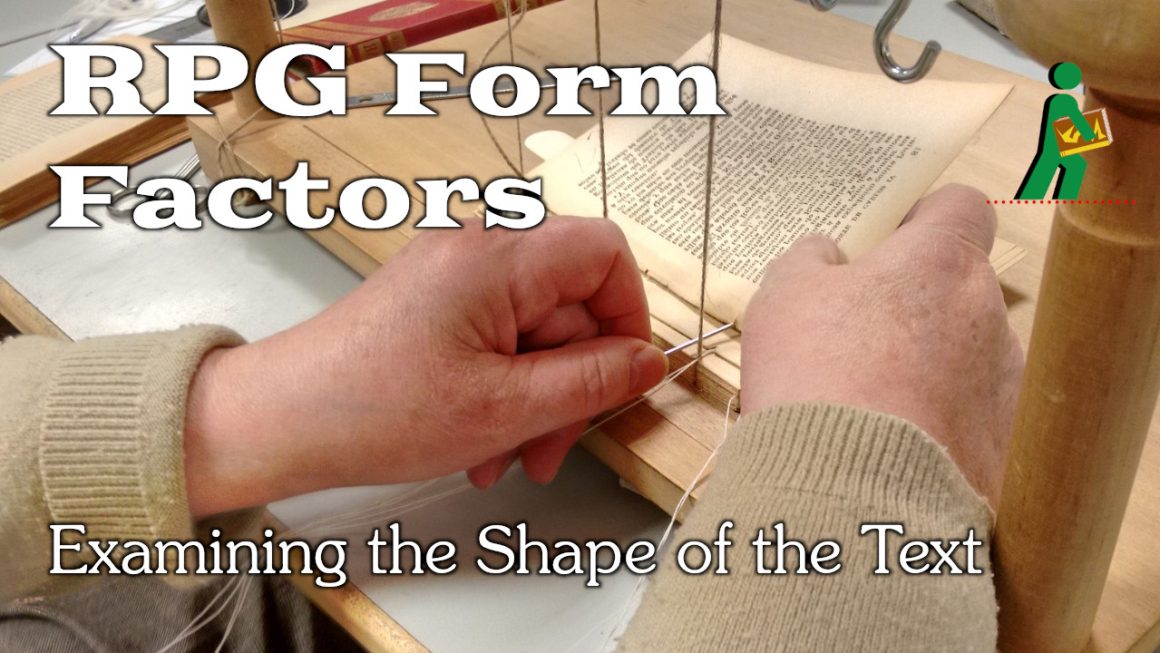
RPG Form Factors | Examining the Shape of the Text | Wandering DMs S06 E01

Paul & Dan kick of season 6 with an examination of the physical shape of RPG books. How does the choice of number of books, size, binding, and layout impact the overall design of the game? How did the three book format of D&D come to be, and why is it the one design aspect that has persisted throughout every edition?
The layout and binding of a role-playing game are integral aspects that significantly influence its overall design and user experience. A well-thought-out layout enhances readability, guiding players through rules, character creation, and gameplay mechanics seamlessly. Consistent and intuitive page organization can reduce the learning curve for players and game masters alike, fostering a more enjoyable and accessible experience. Additionally, the visual presentation in the layout plays a vital role in setting the tone and atmosphere of the game, contributing to the immersion of players in the fantasy world.
The choice of binding determines how well the book holds up to frequent use and reference. Regardless of whether a book is bound with a hardcover or bound with a paperback cover, the binding of the signatures determines the durability of the book-as-artefact. The binding affects how the book lays open on the table, impacting the practicality of referencing rules while playing. The spine of the book is an important aspect in book design, especially in cover design. When the books are stacked up or stored in a shelf, what is on the spine is the only visible information about the book. In a bookstore, the details on the spine are what initially attract attention.
The combination of thoughtful layout and appropriate binding in an RPG not only enhances the visual appeal but also contributes significantly to the overall functionality and usability of the game system.
This description uses material from the Wikipedia article “Bookbinding“, which is released under the Creative Commons Attribution-Share-Alike License 3.0.

